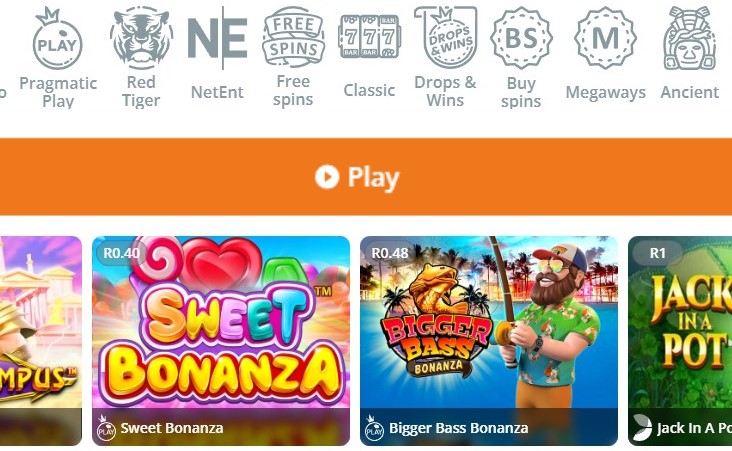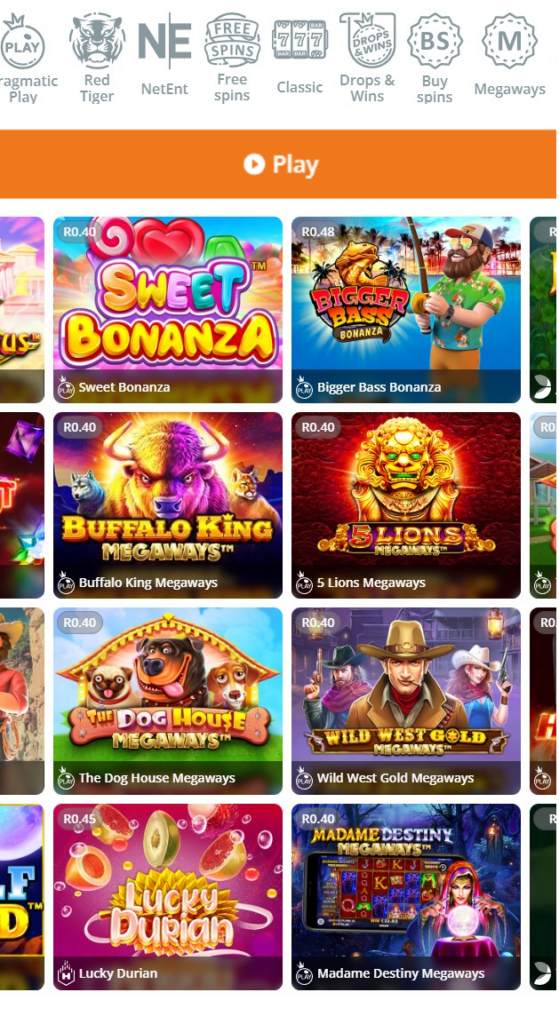Lucky Lucky Demo for Beginners
In today’s digital age, having a lucky lucky demo can be a game-changer for businesses and individuals alike. With the rise of online platforms and social media, creating engaging demos has become a crucial aspect of marketing strategies.
Understanding Lucky Lucky Demo
A lucky lucky demo is an interactive presentation or simulation that showcases a product, service, or idea in a simulated environment. This format allows potential customers to experience the benefits and features of a particular offering without any financial risk or commitment. By leveraging lucky lucky demos, businesses can build trust, generate leads, and ultimately drive sales.
The Benefits of Lucky Lucky Demo
Implementing a lucky lucky demo strategy offers numerous advantages for businesses. Some key benefits include:
* Increased engagement: Interactive demos captivate audiences by providing an immersive experience that keeps viewers engaged.
* Improved understanding: Lucky lucky demos help potential customers grasp the functionality and value proposition of a product or service, reducing confusion and increasing confidence.
* Enhanced lead generation: By offering interactive demos, businesses can collect valuable data on customer interactions and preferences.
Creating an Effective Lucky Lucky Demo
When developing a lucky lucky demo, several key considerations must be taken into account:
### Designing the User Experience
1. User Interface (UI): Ensure the UI is intuitive, clean, and easy to navigate.
2. Storytelling: Use narrative techniques to convey the value proposition and benefits of your product or service.
3. Feedback Mechanisms: Incorporate feedback loops that allow users to interact with the demo and provide valuable insights.
### Developing Interactive Elements
1. Simulations: Develop realistic simulations that mimic real-world scenarios, such as product usage or workflow processes.
2. Gameification: Incorporate elements of gamification to make the experience engaging and fun.
3. Personalization: Allow users to personalize their demo experience based on their interests and preferences.
### Integrating Lucky Lucky Demo with Existing Marketing Strategies
1. Email Marketing: Use email campaigns to promote lucky lucky demos and encourage lead generation.
2. Social Media: Leverage social media platforms to share engaging content, drive traffic to demos, and build brand awareness.
3. Content Marketing: Develop informative blog posts, videos, or guides that complement the lucky lucky demo experience.
Lucky Lucky Demo Case Studies
Several companies have successfully implemented lucky lucky demos to achieve remarkable results:
### Case Study 1: Software Company
* A software company created a lucky lucky demo for their project management tool.
* The demo featured interactive simulations and personalized feedback mechanisms, resulting in a 30% increase in lead generation.
### Case Study 2: E-commerce Platform
* An e-commerce platform developed a lucky lucky demo for their online shopping experience.
* By incorporating gamification elements and user-generated content, they saw a significant boost in customer engagement and conversion rates.
Conclusion
A well-designed lucky lucky demo can be a powerful marketing tool that drives engagement, generates leads, and increases sales. By following the guidelines outlined above and leveraging the benefits of interactive demos, businesses can stay ahead of the competition and achieve their goals.
Frequently Asked Questions
Q: What is the primary purpose of a lucky lucky demo?
A: The primary purpose of a lucky lucky demo is to provide an interactive experience that showcases the features and benefits of a product or service.
Q: How can businesses measure the effectiveness of their lucky lucky demos?
A: Businesses can measure the effectiveness of their lucky lucky demos by tracking metrics such as lead generation, customer engagement, and conversion rates.
Q: What are some common challenges associated with creating interactive demos?
A: Some common challenges associated with creating interactive demos include ensuring a user-friendly interface, developing engaging content, and integrating feedback mechanisms.

